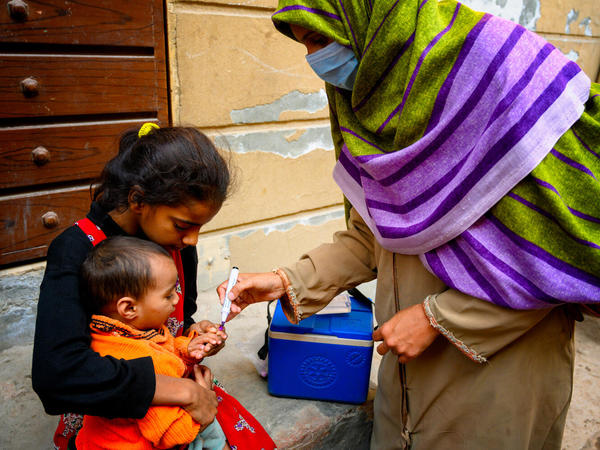You cannot do everything and your ability to prioritize your interventions and target behaviors is paramount. One simple way to do this is to evaluate the importance of the behavior and its changeability.
We measure importance simply by determining how much impact the proposed behavior will have on getting more children under five vaccinated. For example, will have more children at home during vaccination campaigns increase coverage? This is straightforward. On the other hand, having parents report polio symptoms to local health clinics is essential for surveillance, but may not improve coverage. So deciding priority actions based on your situation analysis is an exercise in focus of your often limited resources.
Our ability to influence behavior is more complex. The guiding questions below from the Communication Handbook for Polio and EPI can be a helpful guide.
-
Stage of behaviour—Is the behaviour in a developmental stage or is it already established?
-
Cultural acceptability—Is the ideal behavior that should replace the current behavior compatible with acceptable sociocultural norms and practices?
-
Past successes/failures—What successes/failures have been realized in efforts to change this behavior in other programs in the past?
-
Cost—At what cost (in time, energy, social status, money, and materials) will the ideal behavior come about? Is the cost acceptable or too high?
-
Consequences—Will the new behaviour yield positive or negative consequences for the person performing it?
-
Persistence—Does the new behaviour require compliance over an acceptable or an unrealistically long period of time?
-
Complexity—Is the behaviour too complex or can it be easily divided into a small number of elements or steps to facilitate adoption?
You can summarize this into a simple grid to help you think through priority behaviours for your communication strategy.
| More important | Less important | |
| More changeable |
Priority 1 More changeable and important behaviours. High priority for programme focus. |
Priority 3 More changeable but less important behaviours. Low priority except to demonstrate change for "political" purposes. |
| Less changeable |
Priority 2 Less changeable but important behaviours. Priority for innovative programmes. |
Priority 4 Less changeable and less important behaviours. Not worth spending resources on. |
This exercise can help you consider where to invest your energy and where more intensive and innovative efforts may have to be invested, or alternatively which behaviours can be safely dropped or taken up at later phases in the campaign.
Learn more
Explore the other two learning modules in this 3-step tutorial to design evidence-driven communication strategies to help vaccinate every child.
Integrate communications tactics and understand their strengths and weaknesses, then evaluate performance.
Define your target audience and barriers to change, then develop messages and choose channels to reach your audience.



